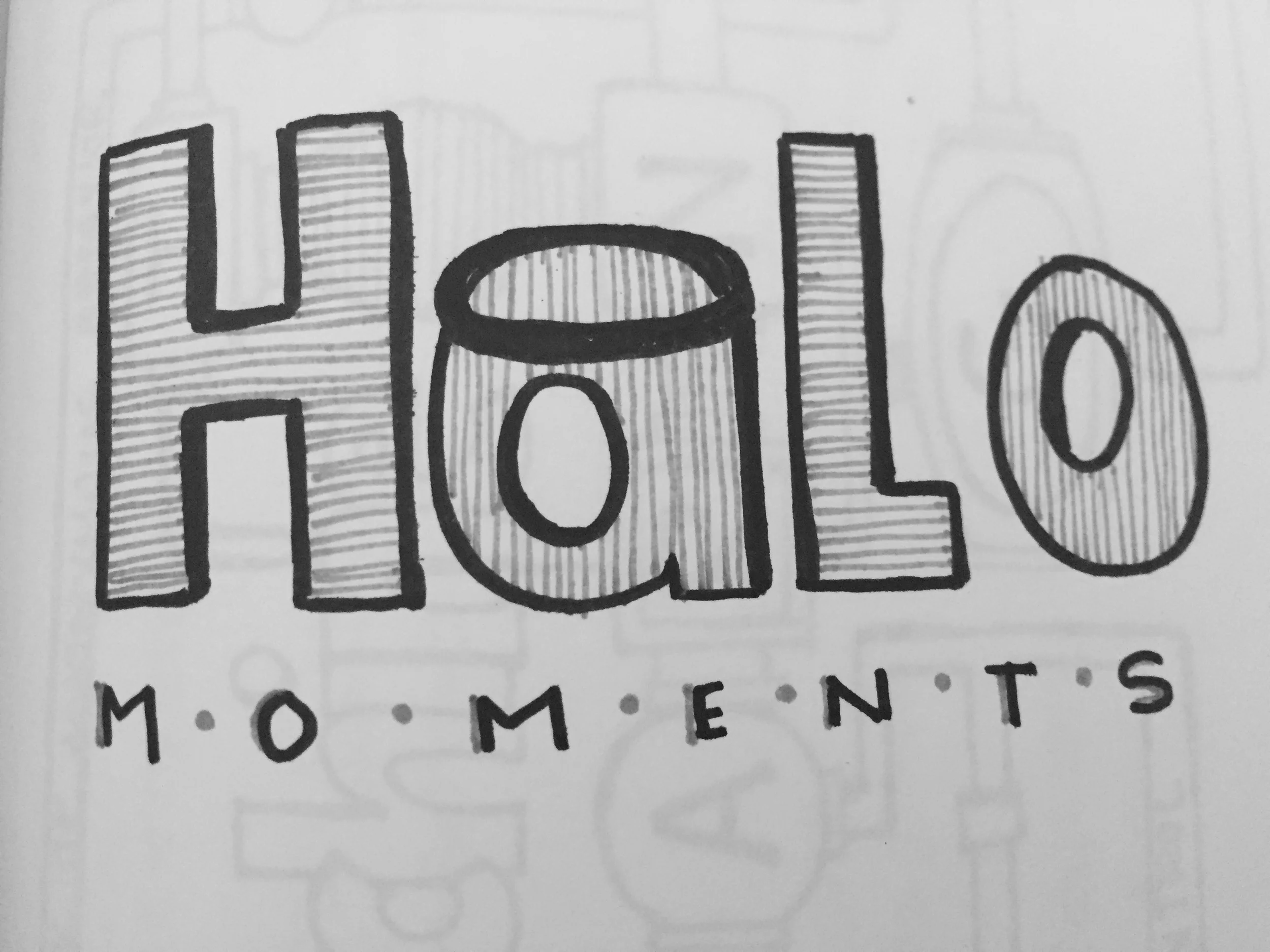3 Things I Learned at UXWeek
by Kylie Tuosto
This year, my conference of choice was UX Week by Adaptive Path in San Francisco. Of all of the conferences I've been to so far, this one was definitely the best. Everything was well-designed, and the talks and workshops were great. After an eventful and exhausting few days, I went home with a few key takeaways. Here's what I learned:
EMOTION IS A JOURNEY, NOT A MOMENT
In her talk, “Dynamic Emotion,” Erin Hoffman gave an overview of how game designers think about designing for emotion. She outlined Eckman's 7 Basic Emotions, discussed Ralph Koster's Theory of Fun, and demonstrated how storytelling can bring a user (in her case, a gamer) through an emotional journey. Erin's talk reminded me of something important: instead of trying to design for a specific moment in time, we should think about designing for emotion as a journey through time. To create an emotional connection with users, we can't rely on one screen with a pithy statement or cute cat photo. These elements may give our application personality, but they don’t create an enduring emotional connection. Erin gave an example when she defined fun. As she defines it, fun is turning fear into happiness through surprise, and it’s important to amplify the negative emotions (pain or risk) in order to help the user value the positive ones. She definitely inspired me to rethink some of my current work!
USER EFFORT CAN ACTUALLY BE MEASURED?!
In his workshop, “From Insight to Interaction,” Giles Colborne gave an overview of the anatomy of a design opportunity and how to bring it to a measurable design outcome. Several of the activities were interesting, but one stood out for me. Giles walked us through Keystroke-Level Modeling, which helps you measure the real effort a user puts in to a specific interaction. His example: a type-ahead address field and zip code combo versus a series of dropdown menus. For each micro-interaction, we can measure the user's time spent mentally preparing (1.35 sec), keying (0.2 sec), homing (0.4 sec), pointing (1.1 sec), and waiting for a response (variable 0.1 sec – 10 sec). List each action, add the totals, and you’ve got a clear picture of the time it takes a user to accomplish a task with your interface. I've never evaluated a design this way, but I'll have this method in my back pocket the next time someone questions the efficiency of a certain UI element.
GREAT STORY TELLING IS IN THE DETAILS
In her workshop, “The Power of Story,” Christina Wodtke explained the arc of a story and how to use storytelling as a tool of influence in our day-to-day work. From motivation to incident, crisis to climax, and falling action to denouement, Christina's story arc was a good reminder that there are many elements to a good story. Most important, at least for me, was a concept that she called “transportation.” It’s the storyteller’s ability to engage the listener with vivid details and description. Introducing a character with details like a limp and eye-patch, for instance, gives him a backstory but without a long drawn out explanation. As designers, it's our job to bring customer insights to our teams and influence our organization’s leaders to prioritize their biggest problems. But in preparing our work for sharing, we often leave out the details that make our customers most human—the old PC surrounded by clutter in the kitchen, for instance, which reminds us that there’s no such thing as work-life balance for a small business owner. This workshop was a great reminder of how essential those details are when you want to make your audience feel the emotions you felt listening to the customer.
Throughout the talks and workshops, I noted some great reference material that I'd recommend checking out if you're curious.
- Jeff Raskin - Humane Interface
- Nico Frijda - The Laws of Emotion
- Brinkman - Dealing with Difficult People
- Raph Koster - A Theory of Fun for Game Design








